As a result, from IoT to VR training simulators, the above mentioned healthtech innovations have already changed healthcare for the good and will continue to do so in the nearest future by expanding into new areas and introducing even more complicated simulations.
Challenges with adopting healthtech innovations
But, and there’s always a but, everything new comes along with certain challenges. Whether you are speaking about AI, IoT, or any other innovative technical solution, it won’t be easy to implement these technologies. Keeping that in mind, it is important to discuss the four main key challenges slowing down the pace of innovation in healthtech.
1. Slow pace of digital transformation
A report by SAP indicates that 84% of companies view digital transformation as vital, however, only 3% of those companies have implemented it. Digital transformation is a challenging and slow process. And then considering the Workday Global Survey, it reflects that it is slowing down even more. As a result, the slow pace of digital transformation means that the adoption of healthcare technology trends won’t be able to keep up. Respectively, even if you design and make the most of an innovative device, the chance that it can be mass produced is low.
2. The issue with trust and cybersecurity
Basically, people don’t like change and don’t trust machines. Don’t get us wrong, these fears have a foundation. Recently, a major provider, Broward Health, suffered a data breach leaving the data of 1.3 million patient records exposed. That is why accepting innovation requires a long trust-building process. Any new technology should be safe, secure, and transparent. To make it happen, the EU has imposed stricter cybersecurity measures, particularly the ones regulating IoT. Moreover, from a global perspective, professionals agreed that cybersecurity would be a top priority for 2023 and beyond.
Adding to that, data breaches come at a great financial cost. According to HIPAA, an average data breach in healthcare costs about $9.23 million (see Fig. 4). 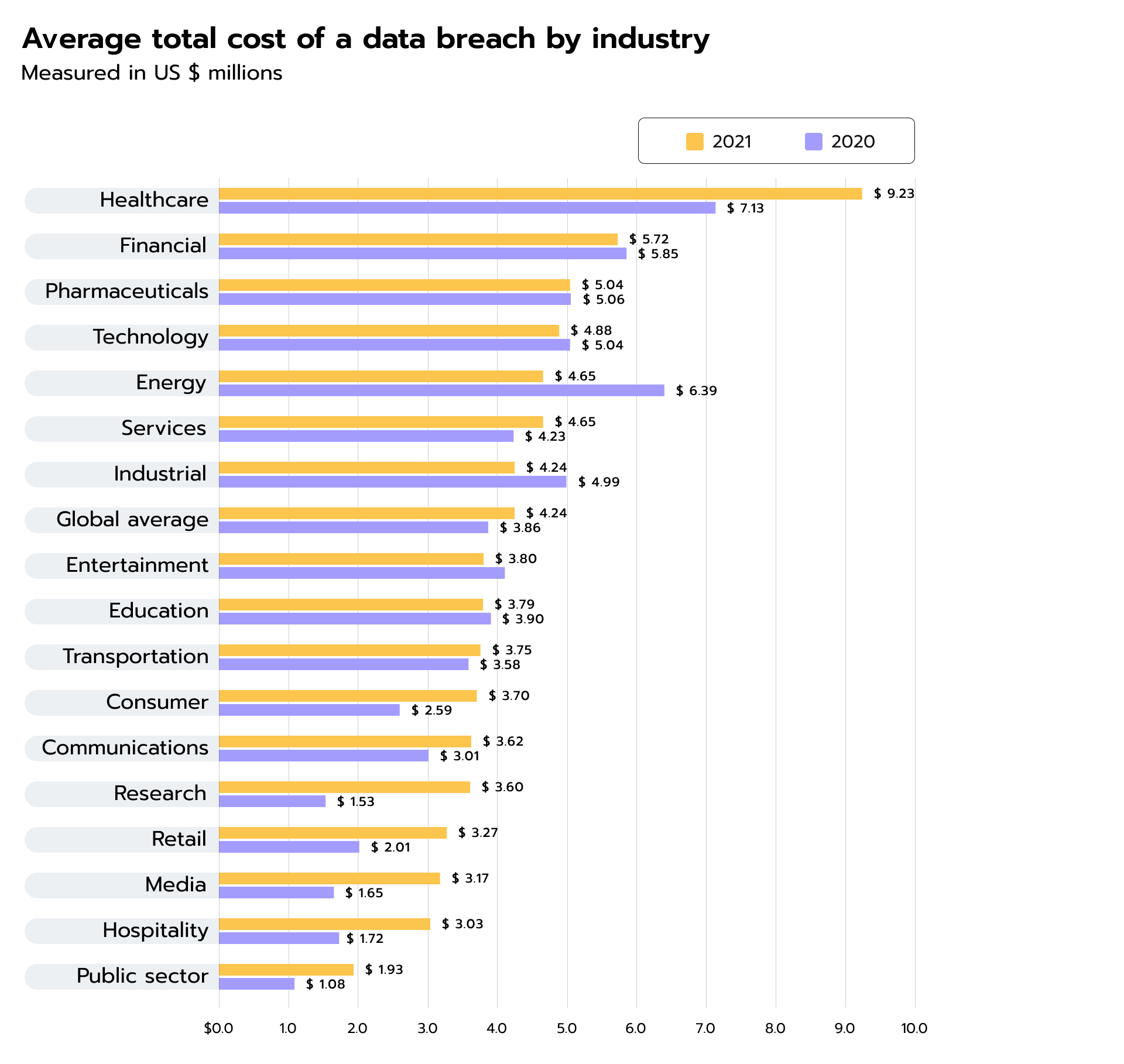 Figure 4. Average total cost of data breaches by industry in USD million
Figure 4. Average total cost of data breaches by industry in USD million
This means that data breaches bring not only the burden of losing sensitive data, but also a financial burden. Likewise, when coupled with the fees for noncompliance, which can be as high as $50,000 per single incident, you can quickly see how data breaches become a massive challenge. As a result, while new health technology trends bring innovation, they also might thwart data security. Which is why innovation should come hand-in-hand with effective data protection measures.
3. Land of regulation and compliance
This is a major challenge with innovation. Simply put, regulations cannot keep up with innovation. Now, consider some numbers:
Yet, you cannot accept innovation without regulation. Finding the balance between the two is the greatest challenge of all.
With imbalanced regulation coupled with the low pace of digital transformation, it becomes virtually impossible to redefine the healthcare industry with digital health trends. So, balancing regulations with technology adoption should be at the forefront of any existing initiatives directed at bringing healthcare technology closer to healthcare professionals and patients.
4. Turning data into evidence
Finally, while AI can handle vast amounts of data, it doesn’t actually mean you can make sense of the results. The IDC estimates that about 90% of all large datasets are unstructured. In other words, people generate data at a greater pace than algorithms can meaningfully process it. Because of this, driving insights from real-world data (RWD) and real-world evidence (RWE) becomes challenging.
Processing a vast amount of unstructured data requires massive computational capabilities and human expertise. In this case, developing methods that can help structure and organize the data is crucial. This also means creating easier access to structured data, so that healthcare providers can easily connect with it and use it to improve patient care.
The bottom line
All in all, healthtech innovations are trying to push healthcare forward. In turn, things like regulation and compliance are trying to slow down the pace of innovation; and there is an inherent logic in that. If innovation pushes too hard, there will be new cases of patient safety, a lack of data security, and privacy concerns. Yet, if the challenges mentioned earlier slow innovation too much, patients and doctors won’t get a chance to benefit from it.
Humanity needs to find a golden middle and cause innovation and regulation to reach a consensus. With the world’s complexity increasing, we have to find even more sophisticated solutions. As Albert Einstein once said: “You can’t solve a problem on the same level that it was created.”
Keeping all the above insights in mind, Avenga can help you navigate the complex work of healthtech innovation. Contact us and see what brilliant technologies are adoptable at the moment.
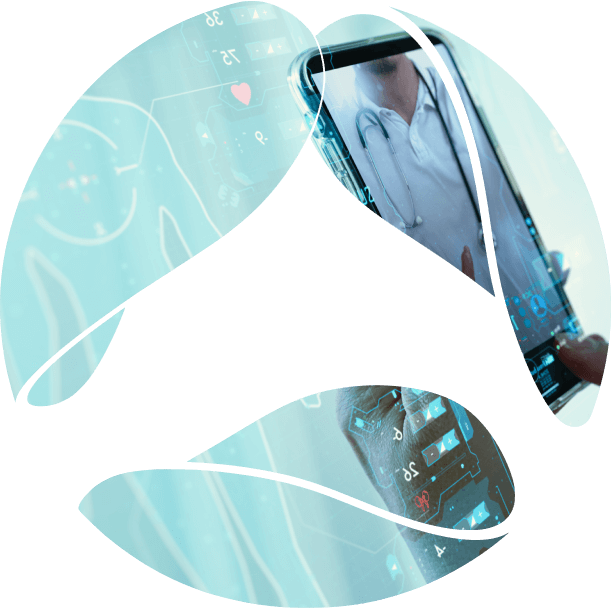

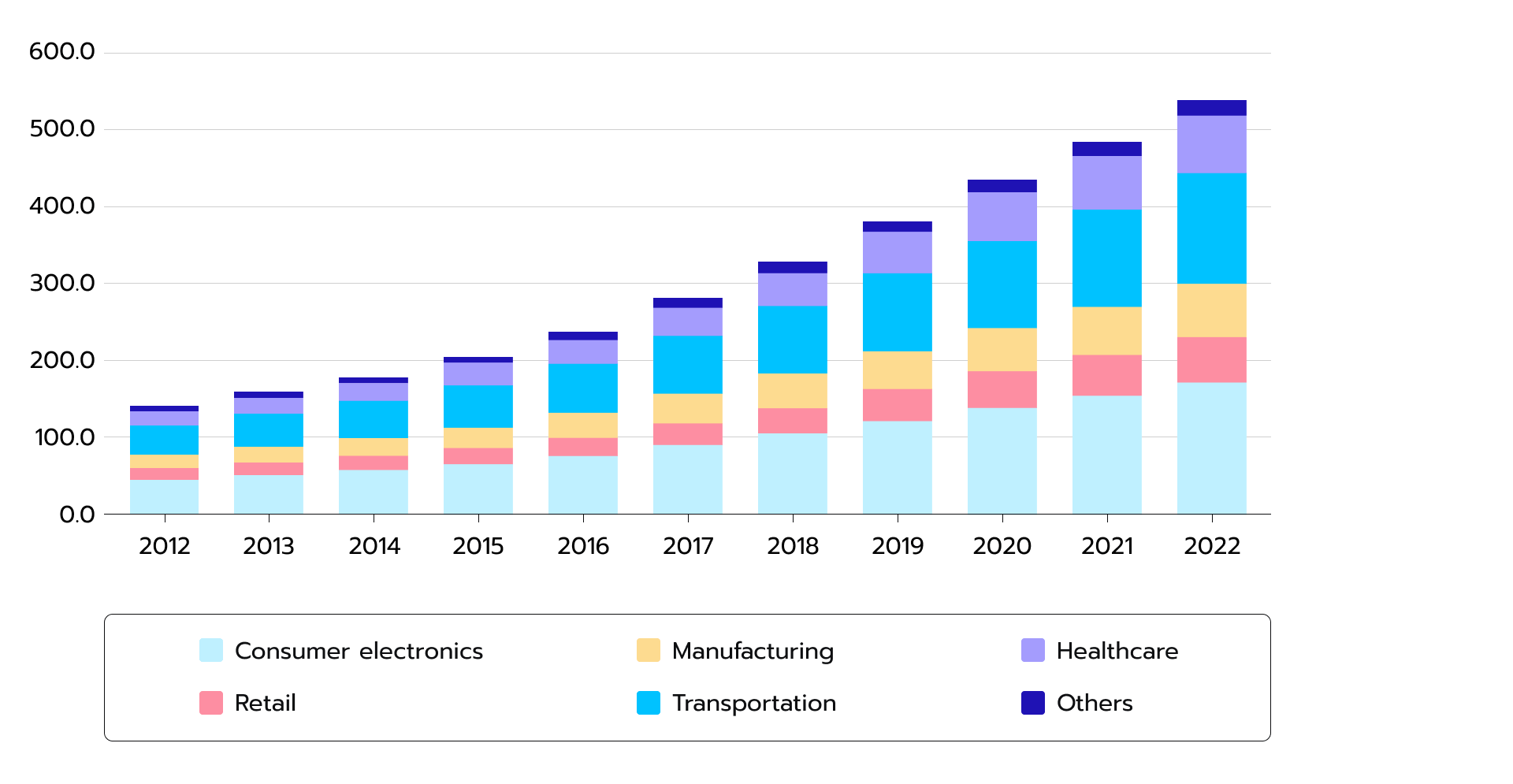 Figure 1.
Figure 1.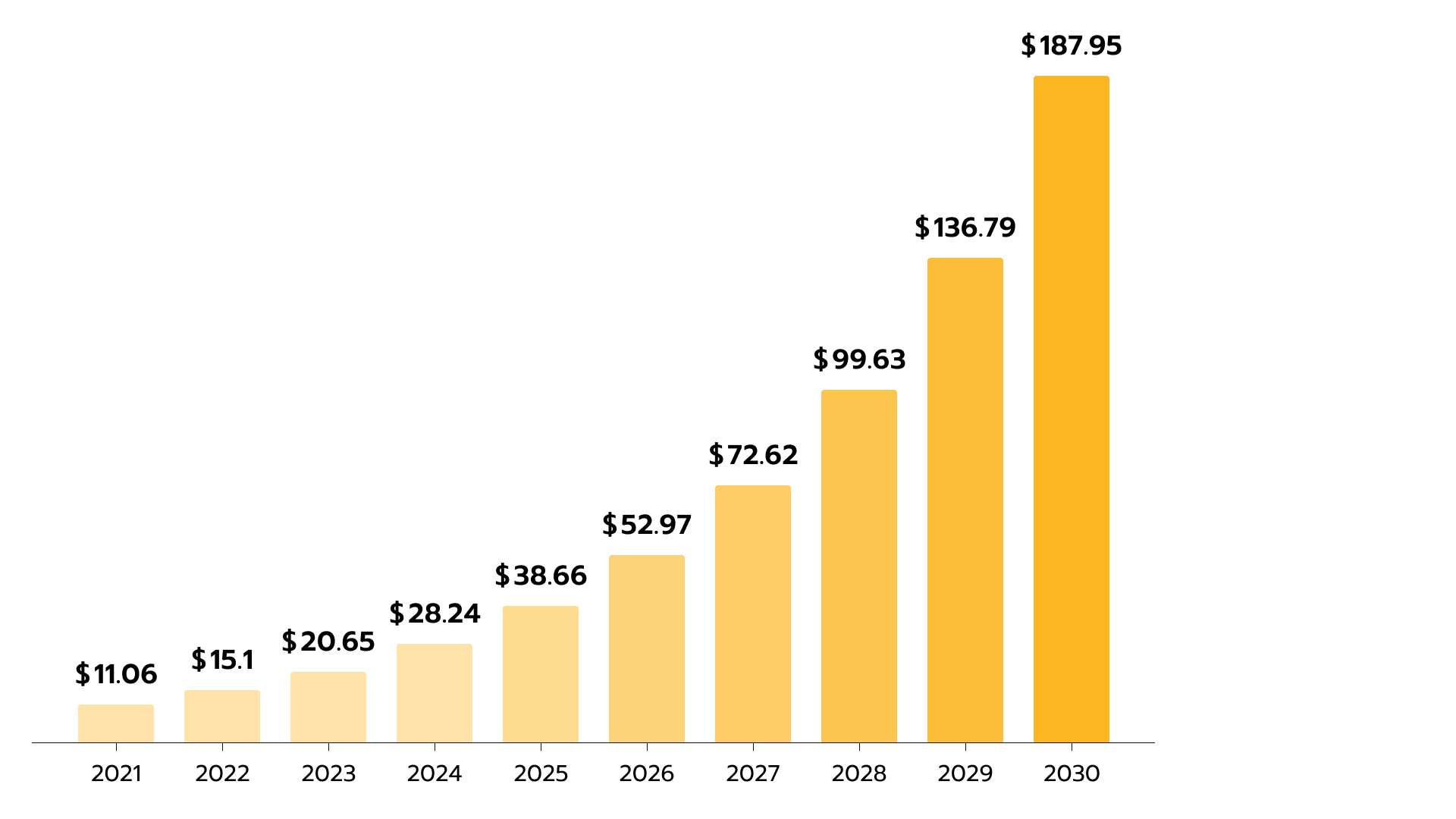 Figure 2.
Figure 2. 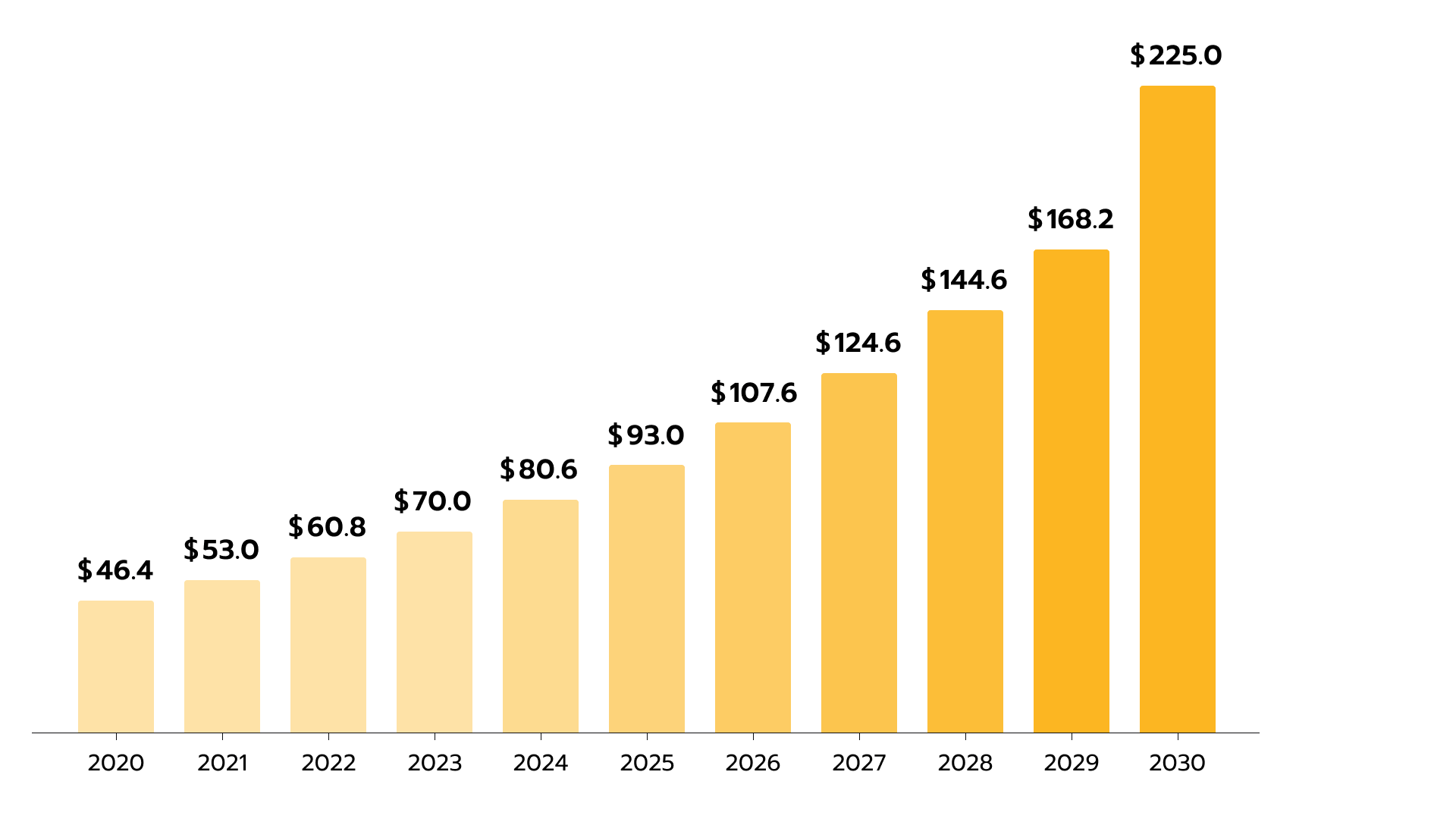 Figure 3.
Figure 3.  Figure 4.
Figure 4. 






